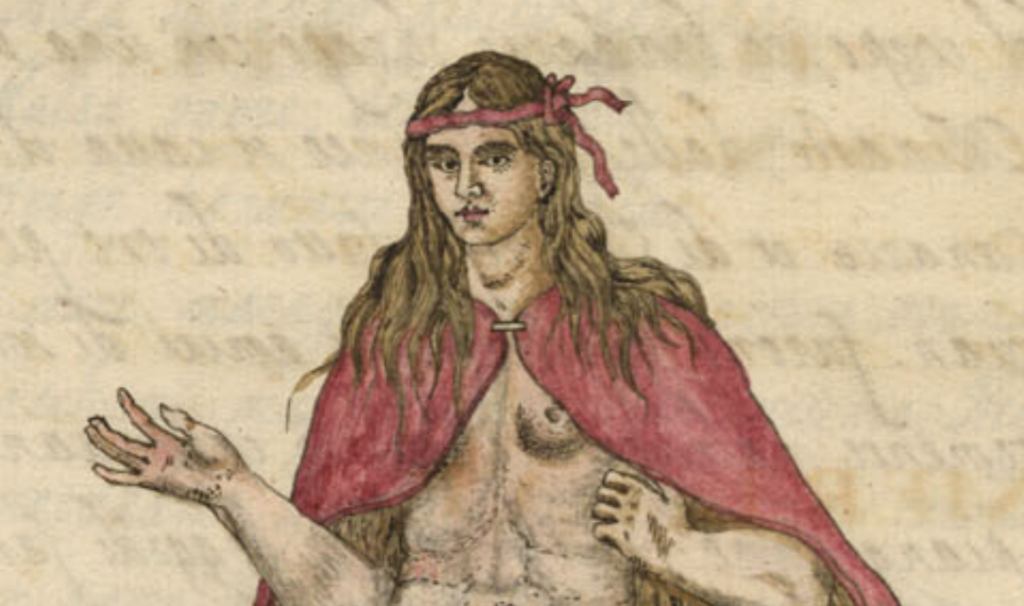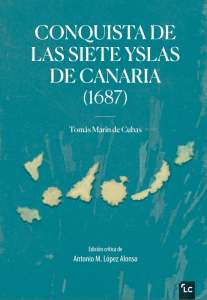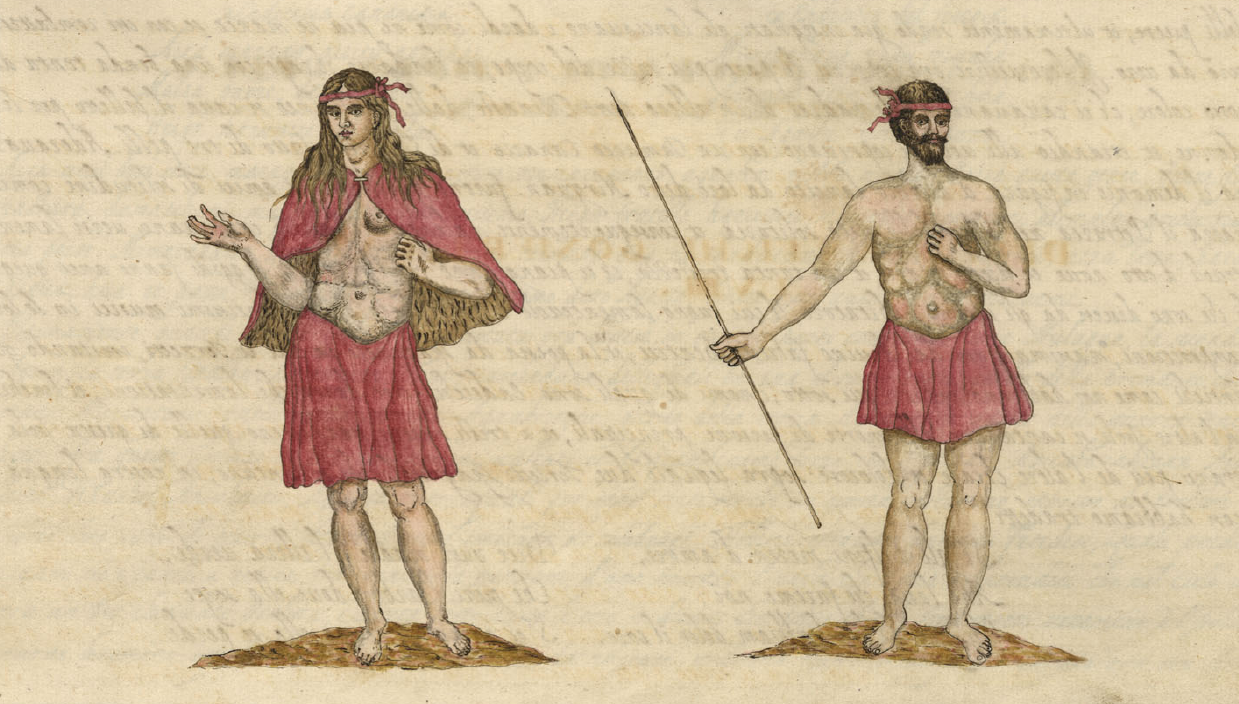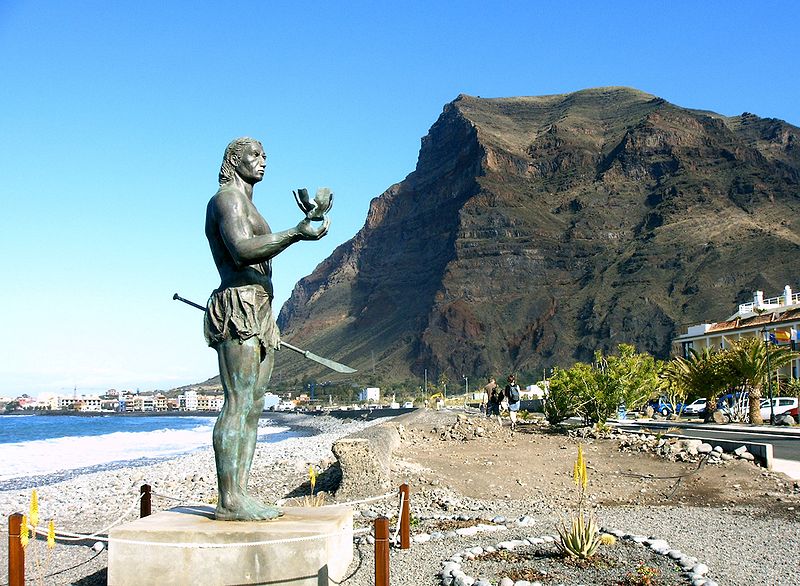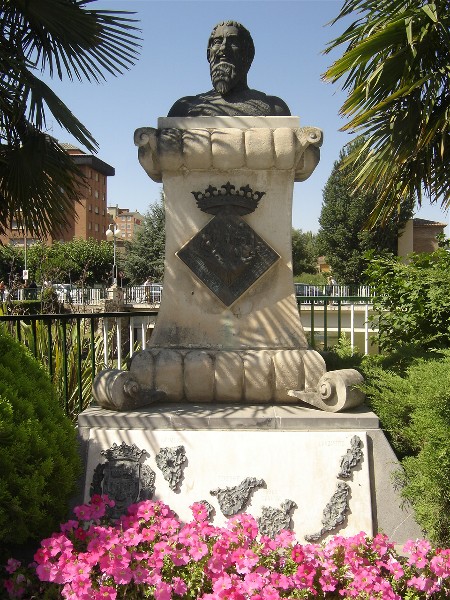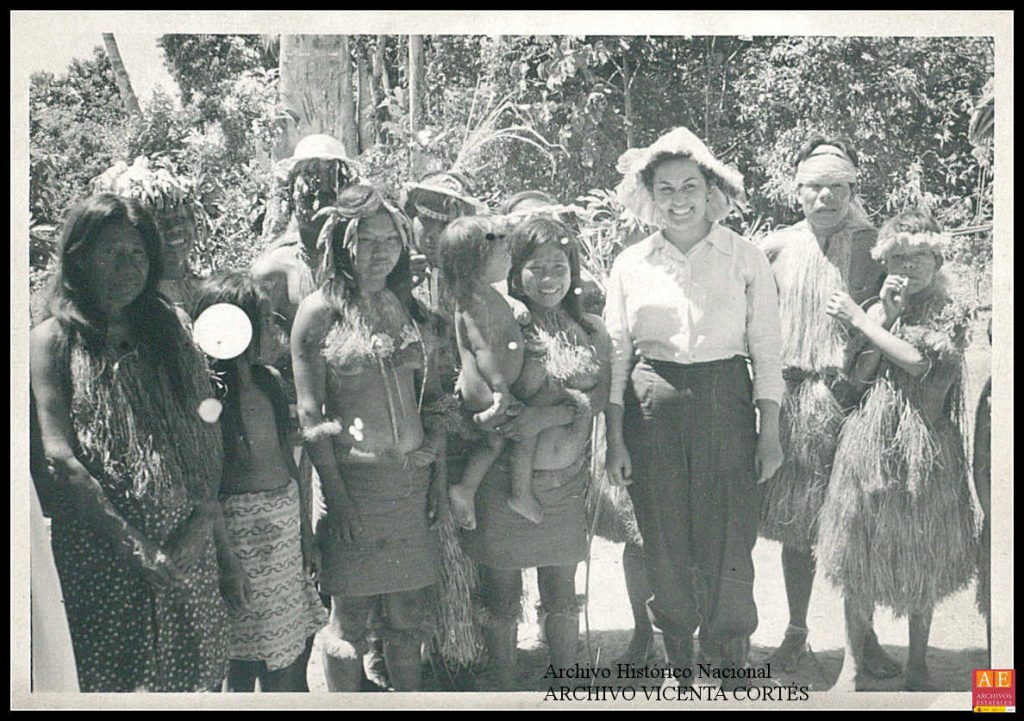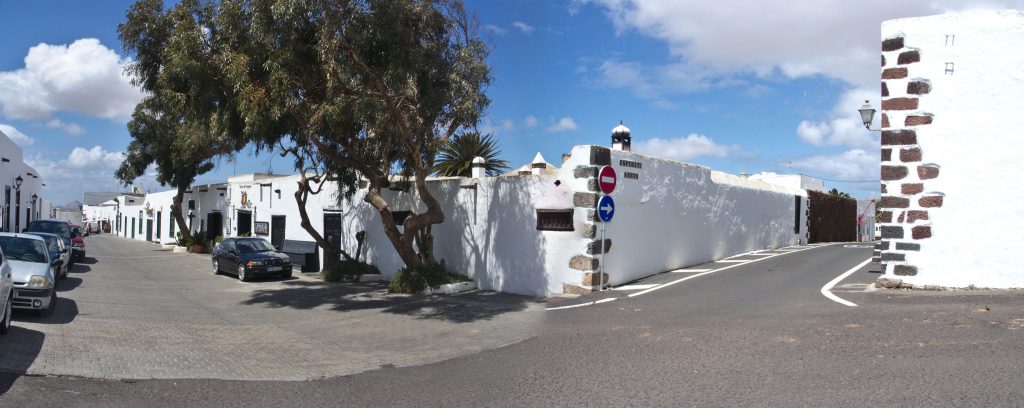
Location of the old manor houses in Teguise, Lanzarote. The streets of the so-called Gran Aldea witnessed the clashes among the neighbors and the henchmen of Inés Peraza and Diego García de Herrera (source: PROYECTO TARHA).
[…] the King […] had ordered him, among other words, to come another day, in the wee hours, to the quarter of the fat bell, through Xerez wicket, to speak with Their Highnesses, and that no one should see him nor take another person with him; […] and when he returned […] he said how His Highness had asked him for the conquest of this island, before a secretary of His; and that he had given it all in writing, and what population and places there were on the island, and the size of the island; and how many people would have to come from Castile, to conquer it and place it under the obedience of Their Highnesses on this island, and what ships would be necessary, and that everything was given in writing; and that […] His Highness had asked him if he knew any ship masters and that he would bring Him some […].
Let us clarify that this title, sort of a Hollywood one, is not that of the essential we want to show today, but the story contained in it, worthy of a screenplay, justifies this liberty.
(more…)
Más / More...

